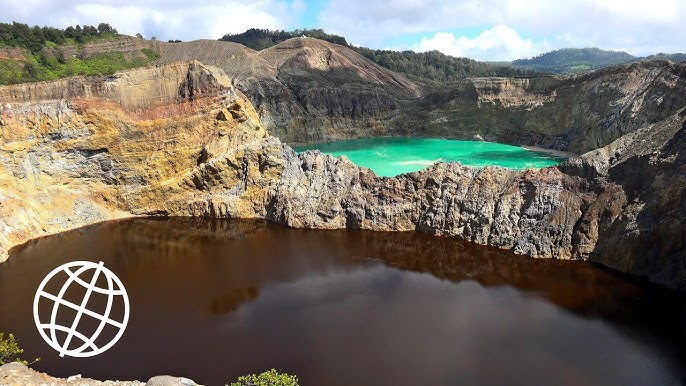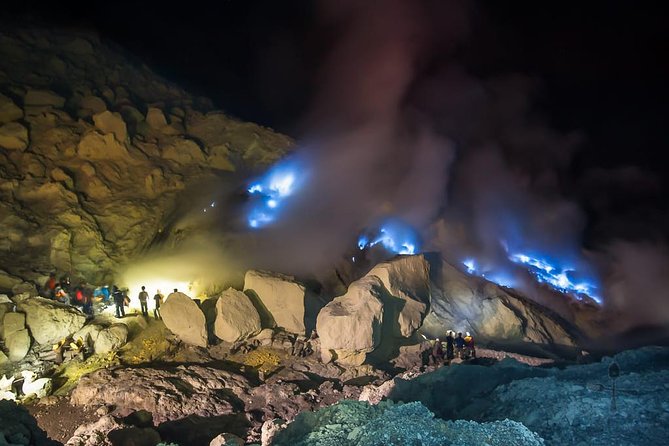Hidden in the rugged landscapes of Fulufjället Mountain in Sweden, stands one of the most extraordinary living organisms on Earth Old Tjikko, the world’s oldest tree. Estimated to be around 9,560 years old, this ancient spruce has silently witnessed the rise and fall of civilizations, the shifting of glaciers, and the birth of modern humanity.
What Is Old Tjikko?
Old Tjikko is a Norway Spruce (Picea abies) located in Dalarna Province, Sweden. Discovered by Leif Kullman, a geologist at Umeå University, this tree was dated using carbon-14 testing on its root system. While its visible trunk is only a few hundred years old, the root network beneath the soil has continuously regenerated for nearly 10,000 years making it the oldest known clonal tree in the world.
How Old Tjikko Survives for Millennia
Old Tjikko’s remarkable longevity is due to clonal reproduction, a natural process where new trunks, branches, and roots grow from an existing root system.
This adaptation allows the tree to endure extreme Arctic temperatures, strong winds, and heavy snow. When one part of the tree dies, another shoots up continuing a cycle of life that has persisted since the last Ice Age.
The Discovery of the World’s Oldest Tree
In 2004, researcher Leif Kullman and his team discovered Old Tjikko during a study of ancient vegetation patterns. Using radiocarbon dating, they found that the tree’s roots date back 9,560 years, making it older than the Egyptian pyramids and Stonehenge. Kullman named the tree “Old Tjikko” after his late dog, a Siberian husky.
Visiting Old Tjikko
Travelers who wish to see Old Tjikko can visit Fulufjället National Park, located near the Norwegian border. The park features stunning alpine scenery, waterfalls, and hiking trails that lead to the tree’s protected site.
Because of its fragile ecosystem, visitors are asked to respect conservation rules touching or disturbing the tree is strictly prohibited.
Why Old Tjikko Matters
Old Tjikko is more than a scientific curiosity it’s a living reminder of Earth’s resilience and natural history. The tree’s survival story inspires climate scientists and environmentalists worldwide, proving that life can endure even the harshest conditions.
Key Facts at a Glance
- Location: Fulufjället National Park, Dalarna, Sweden
- Species: Norway Spruce (Picea abies)
- Age: Approx. 9,560 years
- Discovered by: Leif Kullman, 2004
- Significance: World’s oldest known living clonal tree
Conclusion
Standing tall for nearly ten millennia, Old Tjikko remains a testament to the power of adaptation and nature’s timeless strength. For those seeking a deeper connection with the planet’s ancient past, a journey to this legendary spruce in Sweden is an unforgettable experience.





